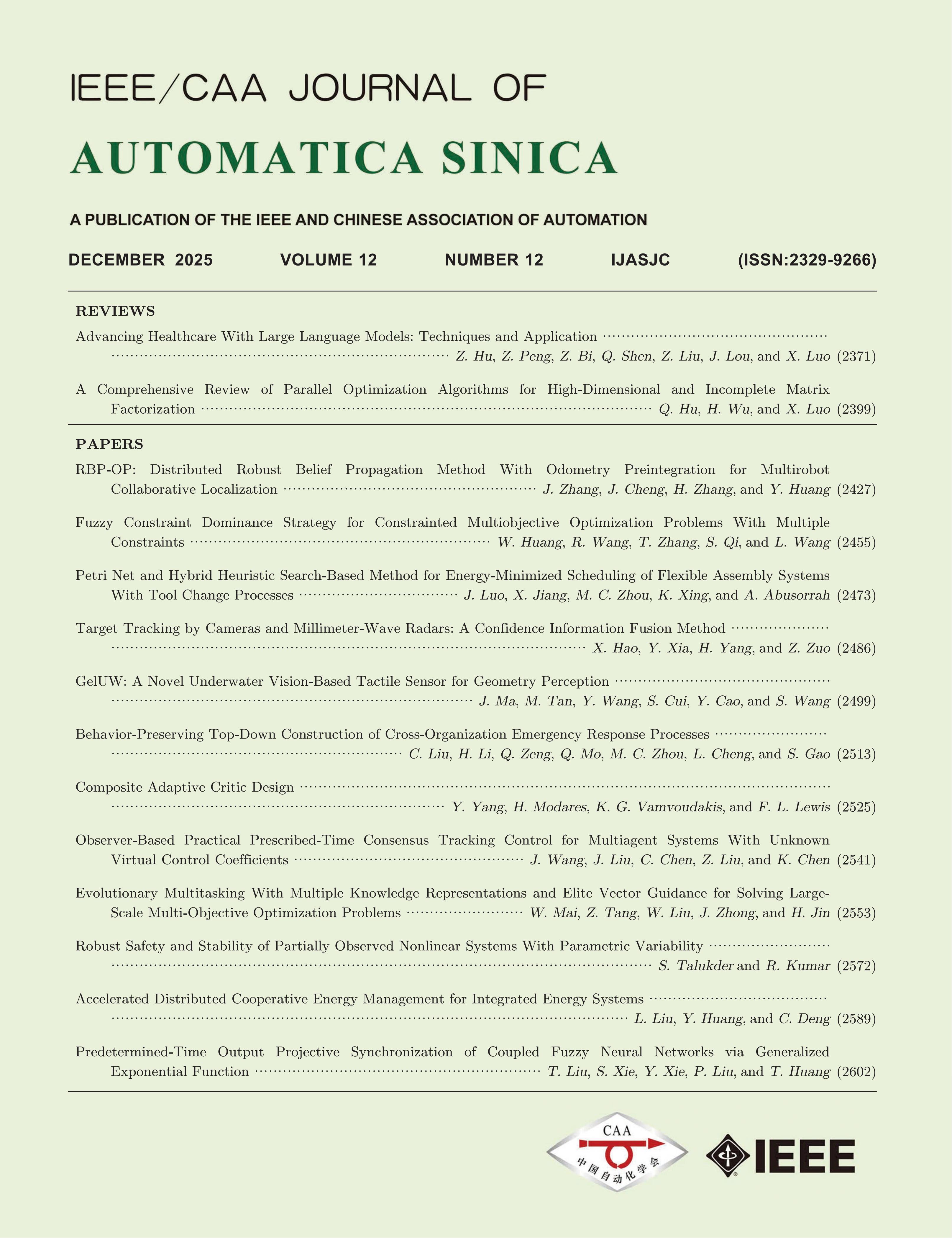2024, 11(3): 698-707.
doi: 10.1109/JAS.2023.124044
Abstract:
The paper addresses the decentralized optimal control and stabilization problems for interconnected systems subject to asymmetric information. Compared with previous work, a closed-loop optimal solution to the control problem and sufficient and necessary conditions for the stabilization problem of the interconnected systems are given for the first time. The main challenge lies in three aspects: Firstly, the asymmetric information results in coupling between control and estimation and failure of the separation principle. Secondly, two extra unknown variables are generated by asymmetric information (different information filtration) when solving forward-backward stochastic difference equations. Thirdly, the existence of additive noise makes the study of mean-square boundedness an obstacle. The adopted technique is proving and assuming the linear form of controllers and establishing the equivalence between the two systems with and without additive noise. A dual-motor parallel drive system is presented to demonstrate the validity of the proposed algorithm.
N. Wang, X. Liang, H. Li, and X. Lu, “Decentralized optimal control and stabilization of interconnected systems with asymmetric information,” IEEE/CAA J. Autom. Sinica, vol. 11, no. 3, pp. 698–707, Mar. 2024. doi: 10.1109/JAS.2023.124044.


 E-mail Alert
E-mail Alert


